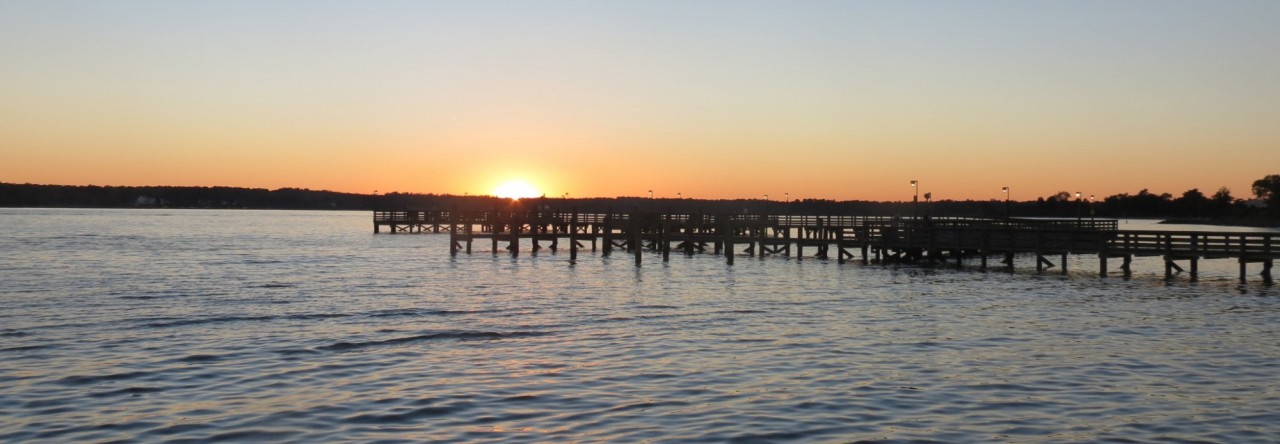Introduction
Like any energy project intruded into a neighborhood, the Cove Point LNG terminal has prompted significant conversation about environmental impacts. When we traveled to Cove Point, Maryland we interviewed community members, commissioners, and activists, getting the opportunity to hear the voice of many individuals. Some of these individuals had very strong concerns and others did not. Through our interviews and outside research on other LNG sites, we were able to collect the list of red flags noted below.
List of issues/concerns
- Air pollution via carcinogens
- Local haze due to air pollution (Darmstadter, 2013, pg.5)
- Endangerment of marine organisms via invasive species and pollution.
- Light pollution
- Incursion into scenic areas (Darmstadter, 2013, pg. 5)
- Groundwater and/or surface water spills/contamination via faulty wells (Jackson, Vengosh, Carey, Davies, Darrah, O’sullivan, & Pétron, 2014)
- Methane releases associated with drilling and pipeline connections (Darmstadter, 2013, pg. 14)
- Seismic disturbance/earthquakes due to wastewater injection (Jackson et al.,2014)
- Gallons of water wasted and depleted aquifers (Ladd, 2014, pg. 294)
- Noise pollution
- Hidden carbon footprint (Ladd, 2014, pg. 294)
- Hazardous/ toxic chemicals injected into underground deposits (Ladd, 2014, pg. 293)
- Hazardous wastewater via poor disposal (Jackson et al.,2014)
- Well blow-outs (Ladd, 2014, pg. 294)
- Increase in volatile organic compounds (Jackson et al.,2014)
Environmental concerns are one of the main reasons LNG is such a controversial topic. The uncertainty and distrust for LNG has caused drilling bans in several towns in places such as New York, Maryland, New Jersey, Colorado, and Vermont. Citizens have been arrested for protesting, communities have created Community Bills of Rights, and courts have blocked federal land drilling (Ladd, 2014, pg. 294).
Conclusions
There are a lot of concerns raised and possible environmental threats. The question is are they significant enough to cause real damage? The answer is WE DON’T KNOW. There is not enough research done or data available for anyone to make definite or certain statements regarding the environmental impact of this LNG and this is what we see as a major negligence in the FERC process. Any policy made will be reactive instead of proactive and since Dominion Cove Point is under construction already we can only hope for the best. We won’t know the damage until it’s already done. Hopefully, we can look it this LNG as an example of what not to do in the future. The precautionary principle states that the “Lack of scientific certainty shall not be used as a reason for postponing cost-effective measures to prevent environmental degradation” (“Rio Declaration,” 1992). This means that it is better to wait and evaluate the impact of a project before it is implemented and in the case of the LNG, postponing would do little harm to the community. It will protect the environment and human lives. If the citizens voiced their concerns then those concerns are worth investigating. Afterall, the government is supposed to work for the people.
Below are video clips of what some citizens had to say regarding the environmental impact of Dominion Cove Point:
Resources
Darmstadter, J. (2013). The Controversy over US Coal and Natural Gas Exports. Resources for the Future, 13(01), 5-14.
Jackson, R. B., Vengosh, A., Carey, J. W., Davies, R. J., Darrah, T. H., O’sullivan, F., & Pétron, (2014). The Environmental Costs and Benefits of Fracking. Annual Review of
Environment and Resources Annu. Rev. Environ. Resourc., 39(1), 327-362. doi:10.1146/annurev-environ-031113-144051
Ladd, A. E. (2014). Environmental Disputes and Opportunity-Threat Impacts Surrounding Natural Gas Fracking in Louisiana. Social Currents, 1(3), 293-311.
Rio Declaration on Environment and Development. (1992). Envir. Conserv. Environmental Conservation, 19(04), 366. doi:10.1017/s037689290003157x
